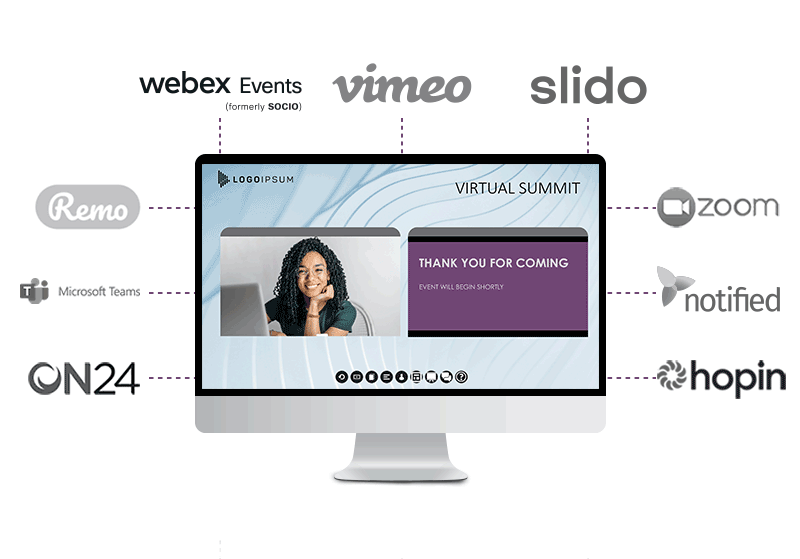In the past times, virtual VR has emerged as potent instrument for enhancing viewer engagement in real-time performances. This innovation enables viewers to immerse themselves in a 3D setting, crafting a unique experience that conventional formats cannot duplicate. By using VR, creators can move audiences into the core of the performance, causing them feel as if they are part of the performance. This groundbreaking method not just captivates viewers but also unlocks new possibilities for narrative and interaction.
A of the primary benefits of employing VR in live performances is the ability to create a more interactive experience. Viewers can interact with the show in the moment, influencing the result or discovering different viewpoints. For instance, in a theater show, audiences wearing VR headsets can choose to pursue specific roles or scenes, enabling them to customize their encounter. This degree of interactivity fosters a more profound connection between the audience and the performance, rendering it even memorable and significant.
Additionally, VR Visit Website tools can improve the visual and auditory elements of a real-time performance. Using high-quality visuals and sound design, producers can build stunning environments that attract viewers in. This immersive characteristic can elevate the complete encounter, making it more captivating and pleasurable. For instance, a musical performance can be transformed into a multi-sensory experience, where audience members experience as if they are on stage with the artists. Such enhancements not just draw larger viewers but also promote return attendance, as viewers seek to re-experience the excitement.

In addition enhancing viewer involvement, VR can also offer insightful data for creators. Through examining how viewers interact with the virtual setting, creators can gather information on audience preferences and behaviors. This information can inform future productions, helping to customize material to more effectively satisfy the demands and wants of the viewers. As a consequence, VR not just enriches the current experience but also contributes to the evolution of real-time performances as a whole.
With the technology continues to advance, the potential for VR in real-time performances is immense. Ranging from theater and concerts to sports events and festivals, the opportunities are limitless. Through embracing this cutting-edge method, creators can transform the way audiences experience real-time entertainment. With an increasing number of producers explore the integration of VR, it is likely that we will see a shift in how performances are designed and delivered, ultimately leading to a more engaging and interactive prospect for real-time productions.
Comments on “Revolutionizing Spectator Interaction Through Engaging VR Encounters in Real-time Performances”